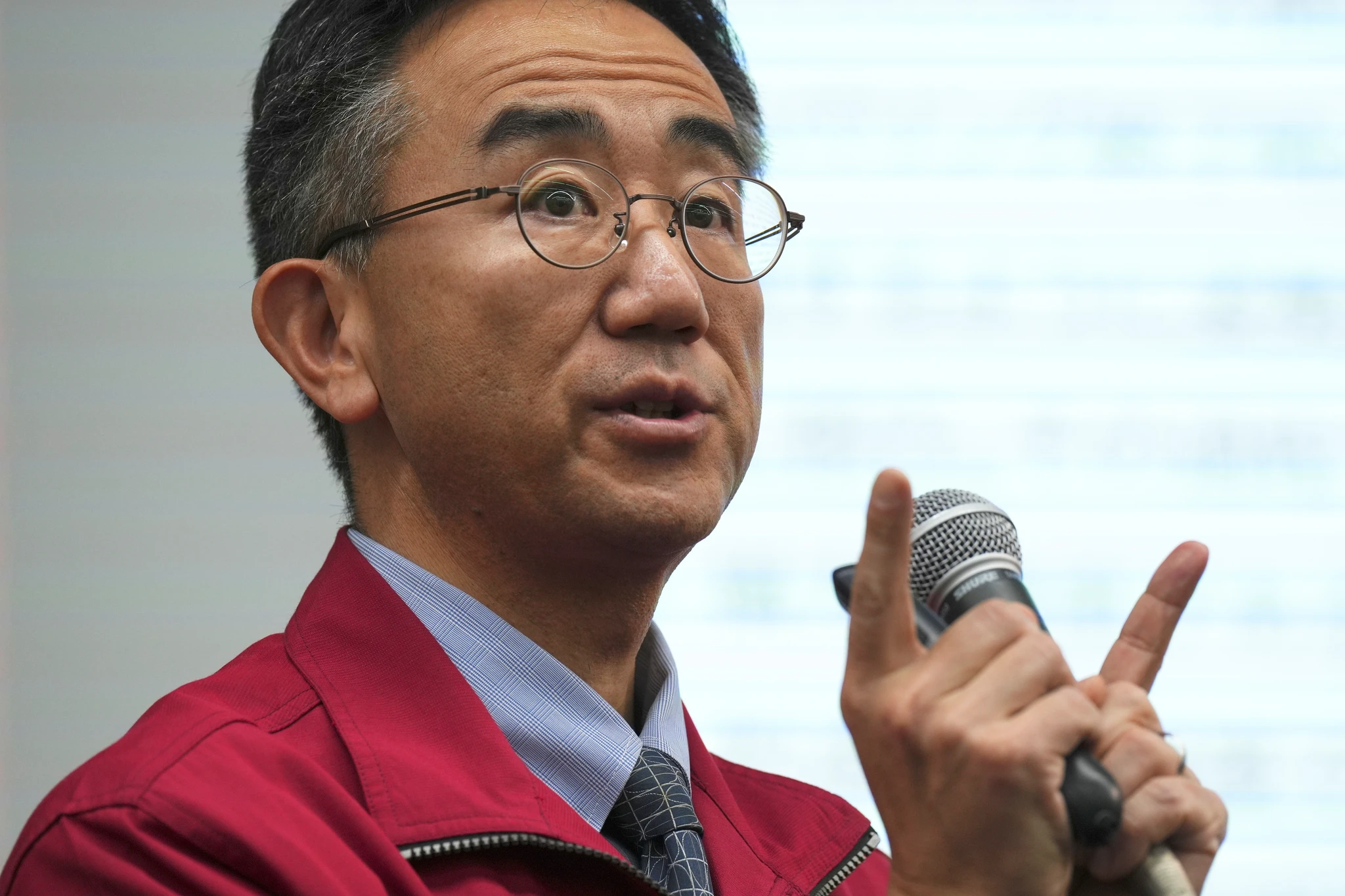The Smart Lander for Investigating Moon, or SLIM, was the vehicle used by Japan’s space agency, the Japan Aerospace Exploration Agency (JAXA), to accomplish its maiden lunar mission with exceptional precise technology. The probe landed upside down, but the accomplishment showed how adept the agency was at accurate landing systems.
SLIM, aptly nicknamed “the Moon Sniper,” targeted a landing zone just 100 meters wide, a significant improvement from the standard 10-kilometer landing zones used in previous missions. This enhanced accuracy allows scientists to place probes closer to obstacles, providing access to more lunar terrain.
However, the landing was not without challenges. One of the lander’s main engines experienced a loss of thrust about 50 meters above the moon’s surface, resulting in a harder landing than planned. Autonomous probes released before landing sent back images of the box-shaped vehicle lying upside down on the lunar surface.
The Japan Aerospace Exploration Agency faced difficulty in determining whether the probe had landed in the desired target zone due to issues with its solar batteries. Despite the mishap, the agency expressed optimism that the probe could potentially recharge when the Moon enters its daytime in the coming days.
JAXA project manager Shinichiro Sakai praised SLIM’s pinpoint landing, stating that it opens the door to a new era. He emphasized the significance of demonstrating the capability to land precisely where intended.
The mission included two autonomous probes, LEV-1 and LEV-2, equipped with cameras and tasked with recording SLIM’s landing and transmitting images back to Earth. These probes, developed by JAXA in collaboration with Sony, toymaker Tomy Co., and Doshisha University, achieved the world’s first mission of their kind, capturing and transmitting 275 images despite the rushed circumstances.
Japan’s success with SLIM follows a series of achievements, including the Hayabusa2 spacecraft, which collected samples from the asteroid Ryugu. The SLIM project, the result of two decades of precision technology development by JAXA, aims to unravel the moon’s mysteries and enhance confidence in Japan’s space technology following recent setbacks. Despite the challenges, the agency remains committed to pushing the boundaries of space exploration and contributing to our understanding of celestial bodies.

